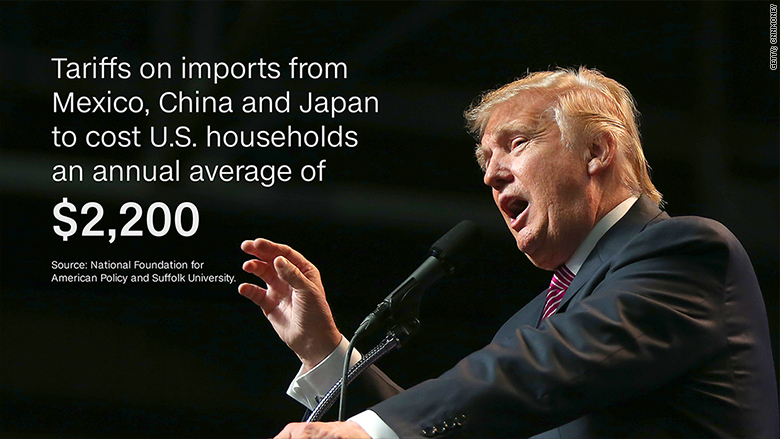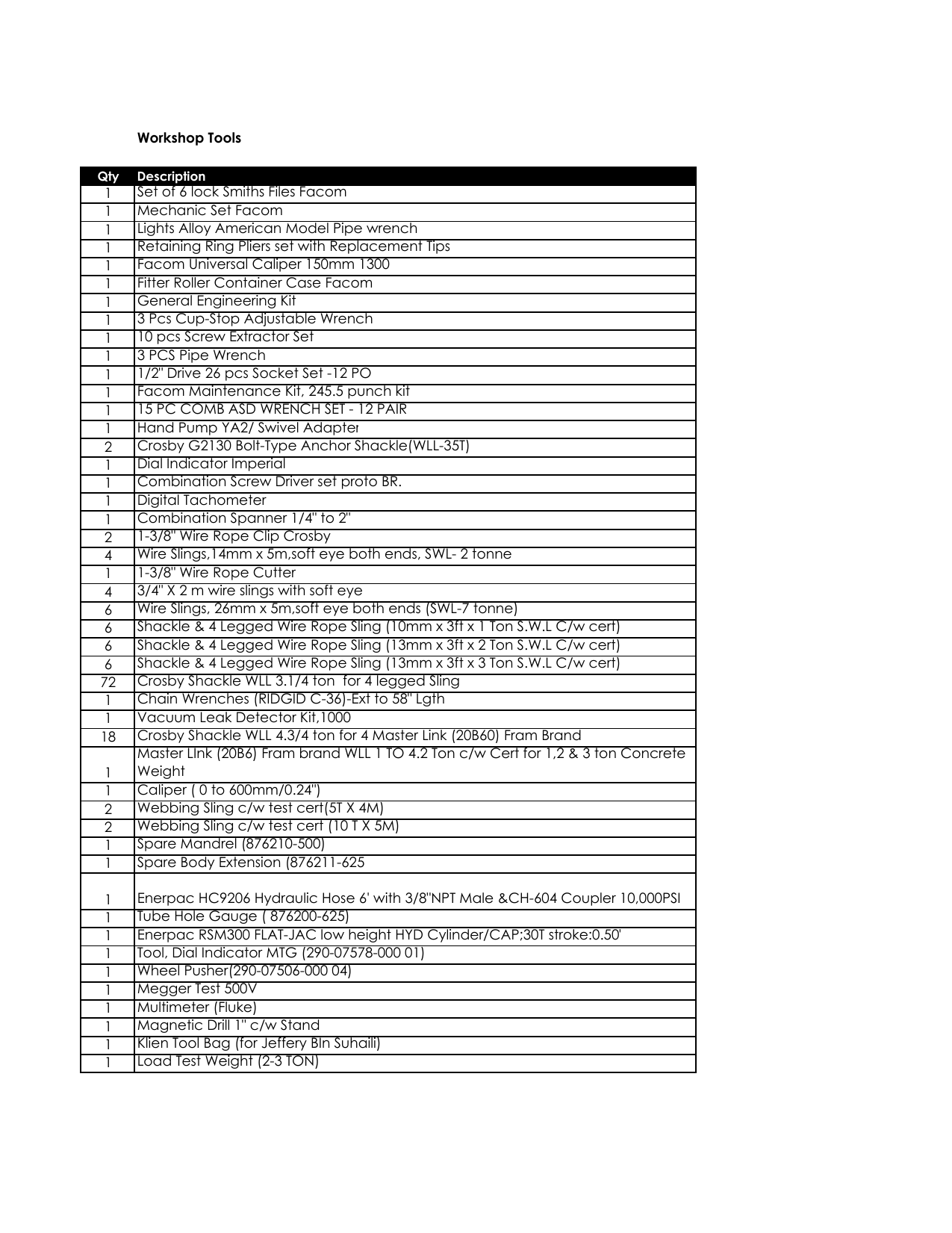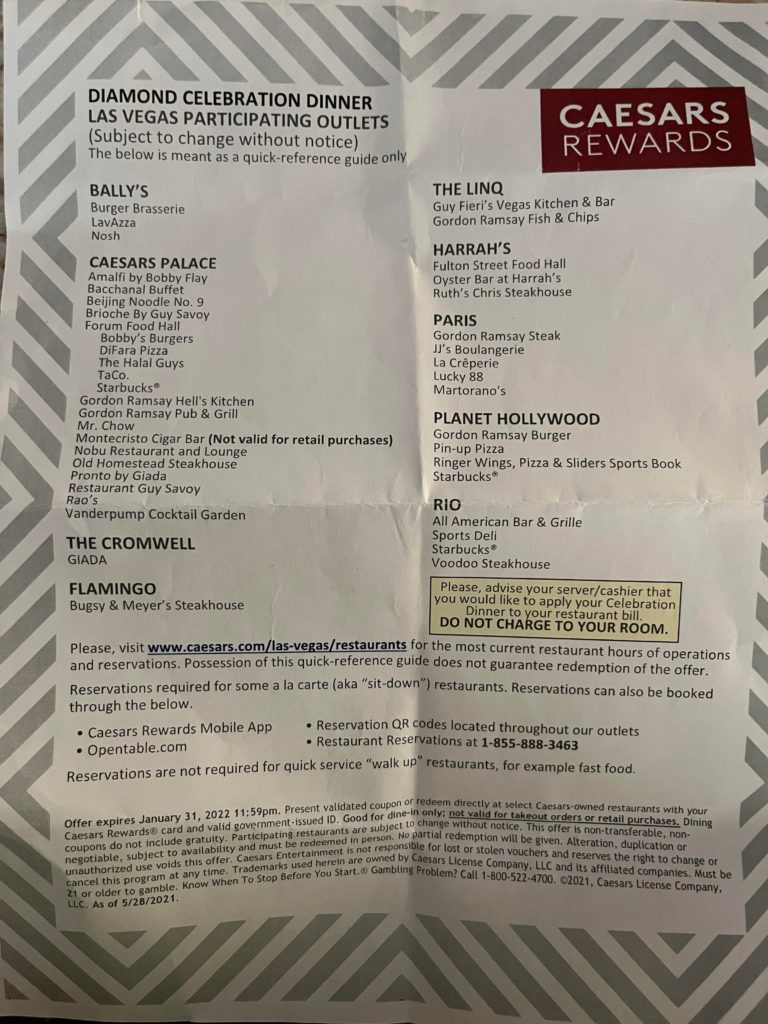The Glossy Mirage: A Practical Guide

Table of Contents
Identifying Marketing Hype and Exaggeration
Marketing hype often obscures the truth, creating a "glossy mirage" that misrepresents the actual product or service. Learning to identify this exaggeration is crucial for making informed choices.
Spotting Unrealistic Claims
Many advertisements employ superlative language to inflate their offerings. Learn to recognize these red flags:
- Look for superlative language: Phrases like "best ever," "revolutionary," "miraculous," or "unmatched" often signal hype. These are subjective claims rarely backed by solid evidence.
- Be wary of vague or undefined benefits: Claims lacking specific details or measurable results are often misleading. Instead of vague promises, look for concrete examples and data.
- Check for independent verification of claims: Reputable companies often provide third-party testing results or scientific studies to support their claims. Look for this validation before making a purchase. If the claims are unsubstantiated, proceed with caution.
Recognizing Deceptive Visuals and Editing
Images and videos play a significant role in marketing. However, digital manipulation can create a false impression of a product's quality or effectiveness.
- Analyze before-and-after photos for unnatural changes: Look for inconsistencies or unrealistic transformations that suggest photo editing.
- Be critical of overly-polished or unrealistic imagery: Highly stylized images might not reflect the product's true appearance. Consider whether the image is truly representative of the product.
- Consider the source and potential bias of the visuals: Understand the context and potential motivations behind the imagery presented.
Evaluating Product Reviews and Testimonials
Online reviews and testimonials are powerful tools, but they can be manipulated. Critical evaluation is necessary to distinguish authentic feedback from marketing ploys.
Identifying Authentic Reviews
Authentic reviews offer a balanced perspective, representing both the positive and negative aspects of a product or service.
- Look for diverse reviews, not just overwhelmingly positive ones: An absence of negative feedback should raise suspicion. Genuine products and services usually receive a mix of positive and negative reviews.
- Check review platforms for signs of manipulation: Some platforms have measures in place to detect and remove fake reviews. Look for signs of coordinated reviews or unusually high ratings.
- Consider the reviewer's credibility and potential biases: Does the reviewer have a history of leaving similar reviews for competing products? Does their profile indicate potential bias?
Understanding Review Platforms
Different review platforms have varying levels of credibility and control over fake reviews.
- Research the platform's policies and reputation: Understand how the platform handles fake reviews and user verification.
- Compare reviews across multiple platforms: Checking reviews on multiple platforms provides a more holistic understanding of customer experiences.
- Be aware of potential biases within specific platforms: Some platforms might cater to specific demographics or have inherent biases influencing the types of reviews received.
Understanding Pricing and Value
Pricing is a critical factor in evaluating a product or service. However, superficial discounts or attractive packaging can mask inflated prices or hidden costs.
Comparing Prices and Features
Don't let flashy marketing distract you from the essential comparison of features and pricing across similar products.
- Research similar products and their prices: Use price comparison websites to get a broader view of the market.
- Compare features and benefits to determine true value: Don't solely focus on price; evaluate whether the product's features justify the cost.
- Avoid being influenced solely by discounts or sales: Deep discounts might hide inferior quality or inflated original prices.
Recognizing Hidden Costs
Many products come with unexpected fees, subscriptions, or add-ons that inflate the final cost.
- Read the fine print carefully: Don't skip the terms and conditions or small print; it often reveals additional costs.
- Look for transparency in pricing: Reputable companies will openly disclose all costs associated with their products or services.
- Be wary of unexpected add-ons or subscriptions: Be cautious of offers that seem too good to be true, as they may involve hidden costs.
Leveraging Independent Research and Information
Supplement marketing materials with unbiased information from independent sources to form a comprehensive view.
Utilizing Credible Sources
Independent sources offer an objective perspective, crucial for informed decision-making.
- Consult independent review sites: Sites that focus on unbiased reviews provide valuable insights.
- Check product specifications and technical details: Technical data sheets or product manuals offer detailed information about a product's features and capabilities.
- Seek expert opinions and professional recommendations: Look for recommendations from trusted experts in relevant fields.
Critical Thinking and Fact-Checking
Develop your critical thinking skills and employ fact-checking techniques to combat misinformation.
- Question claims and assumptions: Don't accept marketing claims at face value. Ask for evidence and supporting data.
- Verify information from multiple sources: Cross-referencing information from various sources helps to confirm accuracy.
- Be aware of potential biases in information sources: Understand that all sources have potential biases, and consider this when evaluating information.
Conclusion
This guide has provided practical strategies for navigating the "glossy mirage" of misleading marketing. By understanding how to identify marketing hype, evaluate reviews, compare pricing, and utilize independent research, you can make informed purchasing decisions and avoid falling for deceptive tactics. Remember to be skeptical, ask questions, and always do your research before committing to a purchase. Become a savvy consumer and avoid the pitfalls of the glossy mirage. Learn to identify the true value behind marketing claims and make purchasing decisions based on fact, not fantasy. Start practicing these techniques today and become a more informed and empowered consumer!

Featured Posts
-
 Foreign Film Industry Faces 100 Tariff Under Trumps Plan
May 07, 2025
Foreign Film Industry Faces 100 Tariff Under Trumps Plan
May 07, 2025 -
 Nba Playoffs Cavaliers Vs Celtics Game Prediction And Analysis
May 07, 2025
Nba Playoffs Cavaliers Vs Celtics Game Prediction And Analysis
May 07, 2025 -
 Donovan Mitchell Asks Fans A Question On Talking Heads With Ashley Holder
May 07, 2025
Donovan Mitchell Asks Fans A Question On Talking Heads With Ashley Holder
May 07, 2025 -
 Electric Buses In Europe Hydrogen Fuel Cells Vs Batteries
May 07, 2025
Electric Buses In Europe Hydrogen Fuel Cells Vs Batteries
May 07, 2025 -
 Sec Review Of Grayscale Etf Could Send Xrp Price To Record Levels
May 07, 2025
Sec Review Of Grayscale Etf Could Send Xrp Price To Record Levels
May 07, 2025
Latest Posts
-
 Sudden Bitcoin Price Spike Prompts Prediction From Trumps Crypto Czar
May 08, 2025
Sudden Bitcoin Price Spike Prompts Prediction From Trumps Crypto Czar
May 08, 2025 -
 Trumps Crypto Advisors Unexpected Bitcoin Price Surge Prediction
May 08, 2025
Trumps Crypto Advisors Unexpected Bitcoin Price Surge Prediction
May 08, 2025 -
 The 10x Bitcoin Multiplier Chart Analysis And Market Implications
May 08, 2025
The 10x Bitcoin Multiplier Chart Analysis And Market Implications
May 08, 2025 -
 Understanding The Bitcoin Rebound Is This A Long Term Trend
May 08, 2025
Understanding The Bitcoin Rebound Is This A Long Term Trend
May 08, 2025 -
 Analyzing Bitcoins Potential 10x Multiplier A Weekly Chart Perspective
May 08, 2025
Analyzing Bitcoins Potential 10x Multiplier A Weekly Chart Perspective
May 08, 2025
